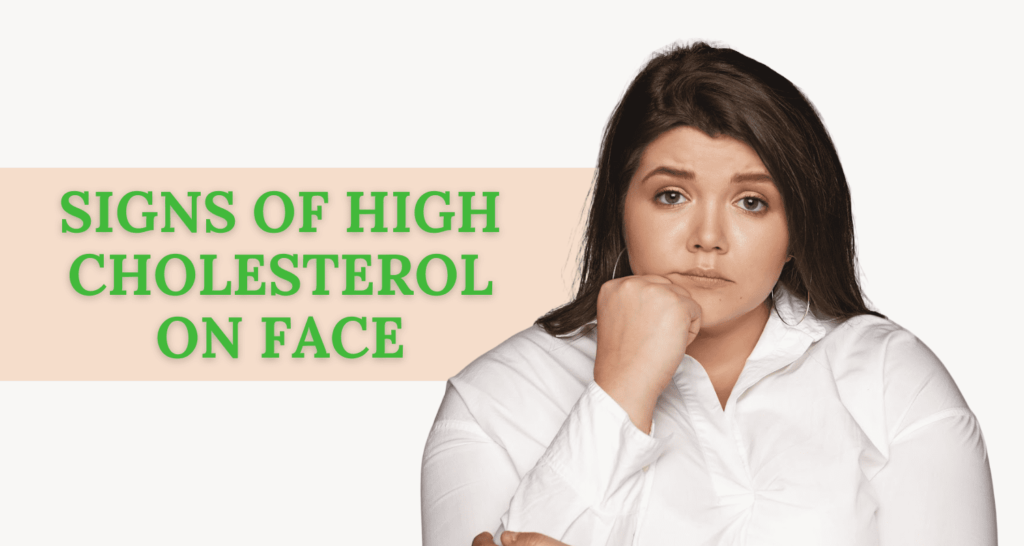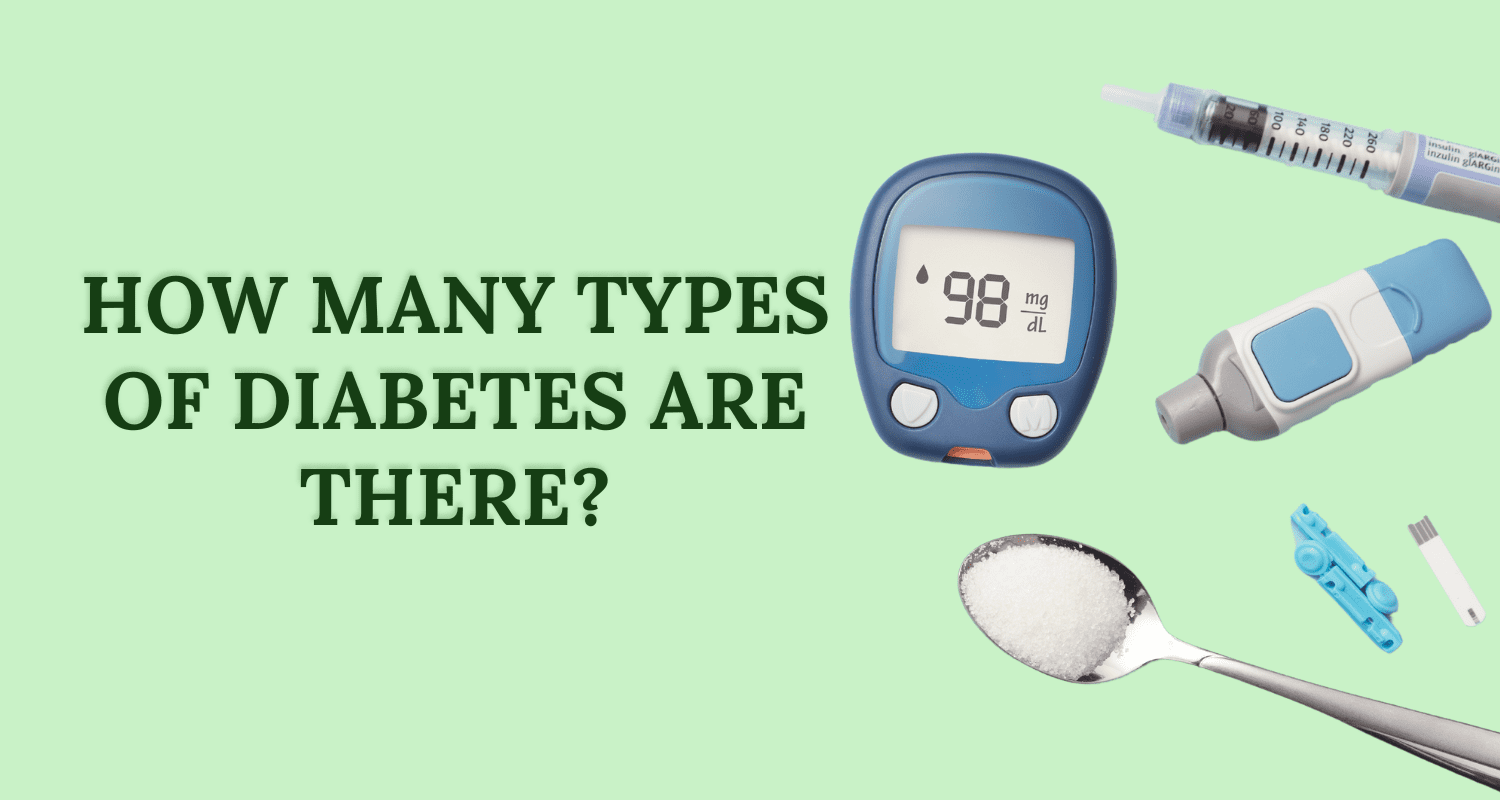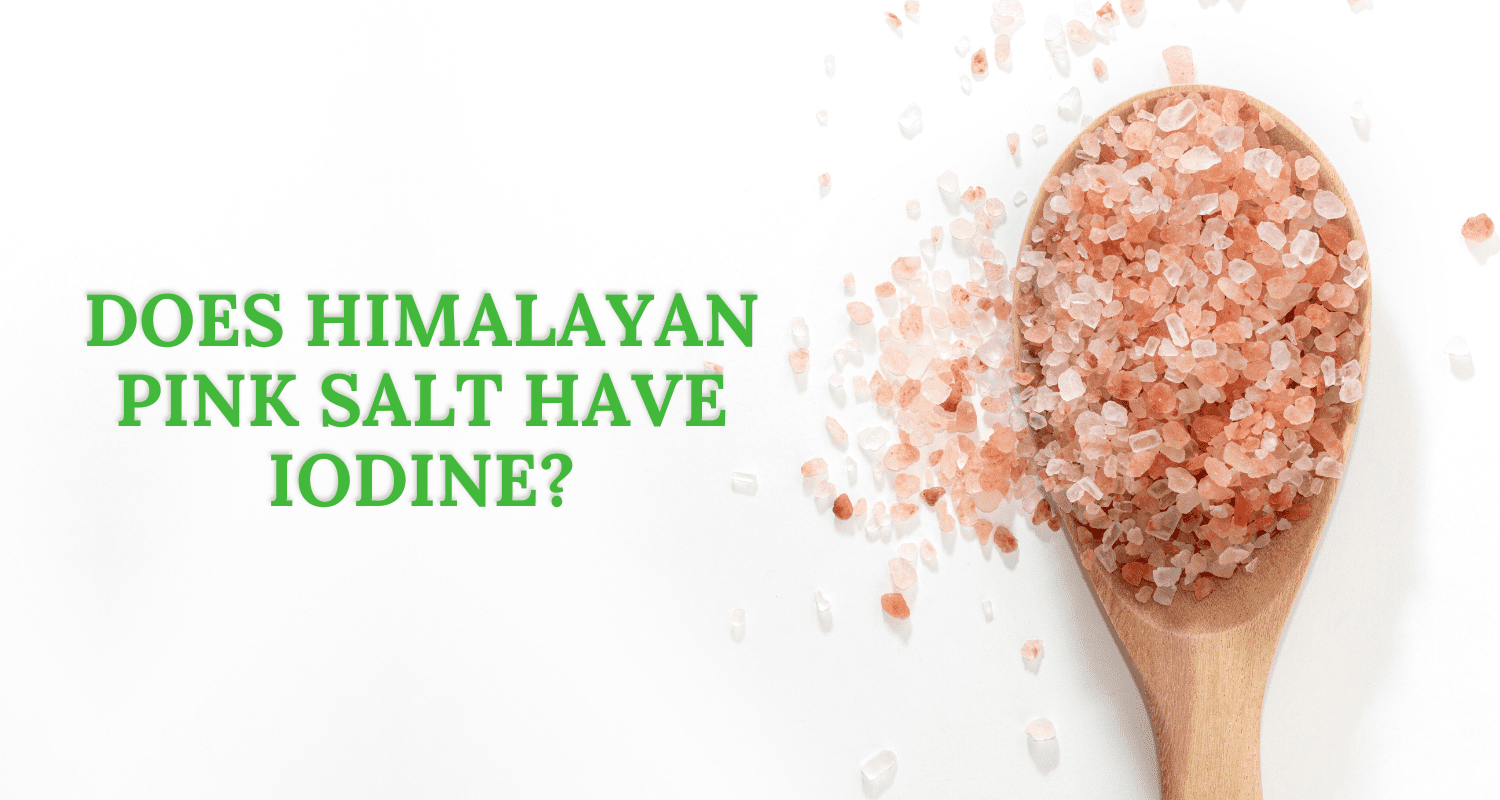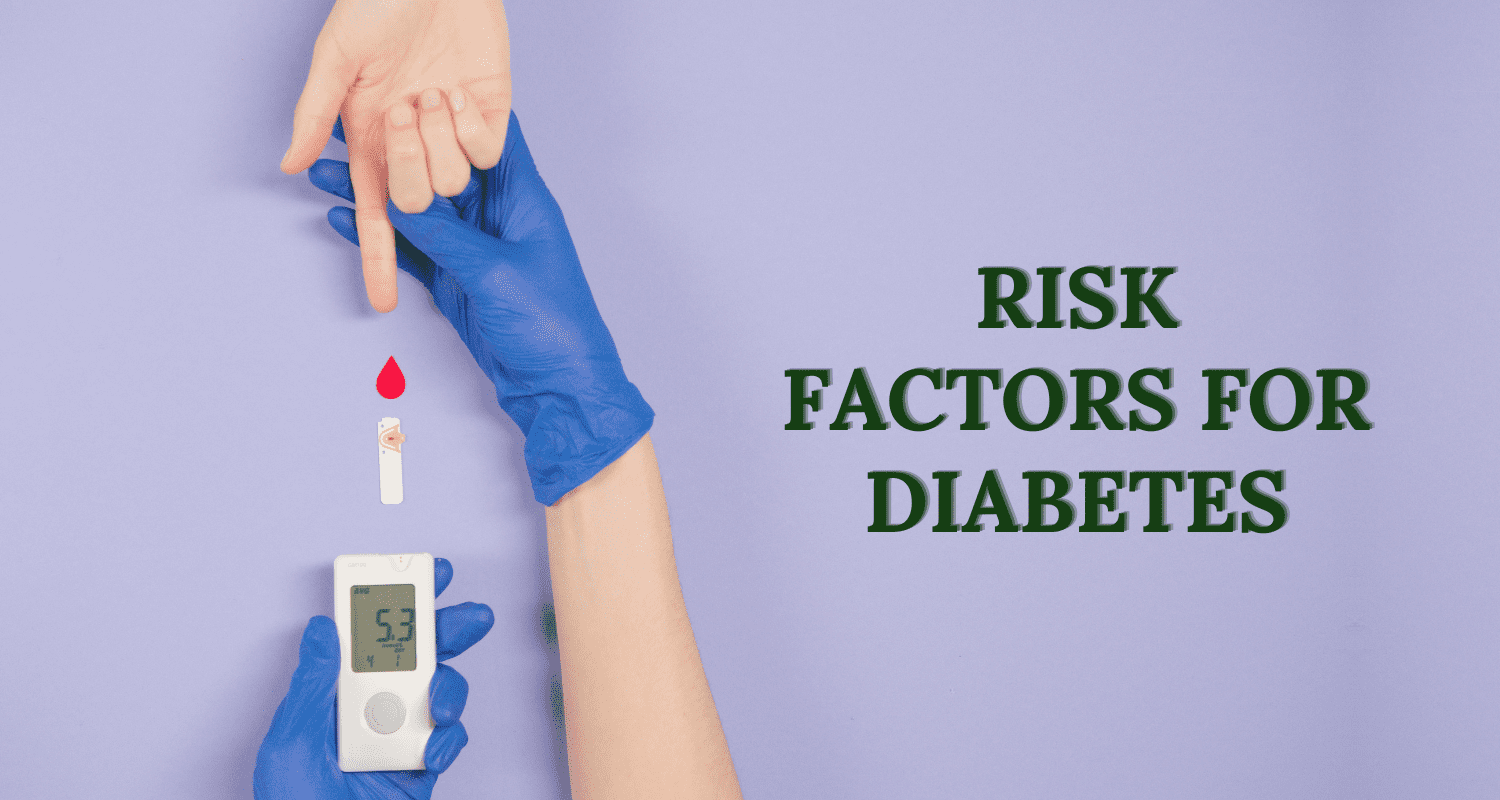Have you ever heard that high cholesterol could show signs on your face? It’s true!
You might notice yellowish patches or small bumps around your eyelids. These are called xanthelasmas or xanthelasma palpebrarum. They could point to high levels of cholesterol or triglycerides.
But there’s more!
Conditions like lichen planus, psoriasis, and eruptive xanthoma might also be linked to high cholesterol.
In this article, we’ll explore signs of high cholesterol on face and understand what these facial signs mean for your health. We’ll also explore testing and treating methods for high cholesterol deposits on skin.
Let’s delve into signs of high cholesterol on face.
Key Takeaways:
- High cholesterol can sometimes cause visible signs on the face, such as yellowish patches on face or bumps on the eyelids.
- Signs of high cholesterol on face, known as xanthelasmas or facial xanthomas, may indicate high cholesterol or triglycerides, but not everyone with high cholesterol will develop xanthelasmas.
- A corneal arcus, a gray ring in the eye, can also be a sign of high cholesterol, especially in individuals with a family history of high cholesterol.
- Other inflammatory skin conditions like lichen planus and psoriasis have been associated with high cholesterol, although further testing is needed for an accurate diagnosis.
- Eruptive xanthoma, characterized by small lesions on the skin, can be a sign of very high triglyceride levels.
Xanthelasmas: Yellowish Patches on Eyelids
Xanthelasmas are painless, soft-to-firm yellow patches or lipid deposits on eyelids. They happen due to cholesterol buildup. This might show high cholesterol levels or hyperlipidemia.
Still, having high cholesterol doesn’t mean you’ll get xanthelasmas. They’re not a sure sign of cholesterol issues.
- Appearance: Xanthelasmas appear as yellowish patches or bumps on the eyelids
- Texture: They are soft to firm to touch
- Painless: Xanthelasmas do not cause any pain or discomfort
Doctors often check for cholesterol in people with xanthelasmas. But, xanthelasmas can also come from genetics. So, it’s vital to see a doctor for the right diagnosis and treatment if needed.
Corneal Arcus: Gray Ring in the Eye
A corneal arcus is a grayish-white ring around the eye’s cornea. It often appears in people with a family history of high cholesterol. Though it may signal very high cholesterol levels, it’s not a sure sign by itself. To know for sure, getting cholesterol checked is key.
Inflammatory Dermatological Conditions: Lichen Planus and Psoriasis
High cholesterol levels may be linked with skin conditions like lichen planus and psoriasis. These can show up on various parts of the body, including the face. They might suggest high cholesterol. But, not everyone with these skin conditions has high cholesterol. More tests are needed to be sure of the diagnosis.
Lichen Planus
Lichen planus causes an itchy rash on the skin or inside the mouth. Its exact cause is not known. Yet, some research suggests a link with high cholesterol. People with lichen planus should keep an eye on their cholesterol. They should work with doctors to stay healthy.
Psoriasis
Psoriasis leads to thick, scaly patches on the skin. These patches can appear anywhere, even on the face. High cholesterol might also be connected to psoriasis.
Not all psoriasis patients have high cholesterol. However, they should get their cholesterol checked. They should also live healthily to manage their condition better.
In summary, there’s a possible link between high cholesterol and conditions like lichen planus and psoriasis. These skin issues could mean a need for cholesterol tests.
But, not everyone with these conditions has high cholesterol. Always talk to a healthcare provider for a proper diagnosis and a complete health plan.
Eruptive Xanthoma: Small Lesions on the Skin
Eruptive xanthoma is a skin condition that appears suddenly. It shows up as small bumps on the skin, including the face. The bumps can be pink, red, or yellow. They indicate very high triglyceride levels.
About 10% of people with high cholesterol get eruptive xanthoma. It’s crucial to manage high cholesterol to avoid complications.
Other Inflammatory Skin Conditions Linked to High Cholesterol
High cholesterol isn’t just related to xanthelasmas and corneal arcus. It’s also linked to other skin conditions like histiocytosis, granuloma annulare, and pemphigus. These can cause bumps, patches, or rashes on the face or body.
If you have these skin issues, get your cholesterol checked. Lowering high cholesterol through treatment and lifestyle changes is key. It may also reduce skin condition symptoms.
Histiocytosis
Histiocytosis involves an excess of white blood cells known as histiocytes. It can affect the skin among other body parts. Skin symptoms include bumps or lesions on the face, which may be tied to high cholesterol.
Granuloma Annulare
Granuloma annulare causes small bumps on the skin. They can be red or match your skin tone. While not caused by high cholesterol, there’s a noted correlation with higher levels.
Pemphigus Vulgaris and Pemphigus Foliaceus
Pemphigus diseases lead to blisters and sores on the face and body. The link between these conditions and high cholesterol is still being explored.
With the potential connection between high cholesterol and these skin issues, consulting a doctor is important. They can help diagnose and manage cholesterol. This approach improves skin health and overall wellness.
Cholesterol Deposits on Face: Xanthomas
Xanthomas appear as firm, waxy skin spots caused by cholesterol buildup under the skin. They start as small bumps or nodules and can grow larger.
These growths often show up on the face or eyelids. They suggest you might have high cholesterol. Not everyone with high cholesterol gets xanthomas. Other factors play a role too.
To properly identify xanthomas, doctors need to do tests. They’ll examine you and may order blood tests. These check your cholesterol and lipids.
When xanthomas are found, treating high cholesterol becomes a priority. Through treatment and changing your lifestyle, you can lower your cholesterol. This improves your health and lowers the risk of cholesterol-related problems.
Testing and Diagnosis for High Cholesterol
Getting diagnosed with high cholesterol starts with blood tests. These tests check your LDL, HDL, and triglycerides. LDL and HDL are types of cholesterol. Triglycerides are another form of fat in your blood.
Doctors use the results, shown in mg/dL, to figure out your cholesterol levels.
- Under 200 mg/dL is good.
- Levels between 200 and 239 are borderline.
- Anything 240 or above is high.
It’s crucial for adults to check their cholesterol regularly. This is even more important for those with a history of high cholesterol. Early detection can lead to early action. This means you can start preventing serious issues right away.
Diet, lifestyle, certain meds, family history, and medical conditions can raise cholesterol. Knowing these factors helps doctors create personalized plans to control it.
Signs of High Cholesterol on Face
Signs of high cholesterol on face, like yellow patches or bumps, aren’t enough for a diagnosis by themselves. Things like xanthelasmas and corneal arcus might prompt testing. It’s crucial to get tested to know for sure the signs of high cholesterol on face.
- Xanthelasmas: These are yellow patches or bumps, possibly on the eyelids. They can indicate high cholesterol in some people.
- Corneal Arcus: This is a grayish-white ring around the cornea. It’s linked with high cholesterol, especially if there’s a family history.
- Inflammatory Skin Conditions: Conditions like lichen planus or psoriasis can be related to high cholesterol. Not all cases lead to high cholesterol, but testing is a wise step.
Accurate cholesterol tests let people start managing their levels. This might mean changing your lifestyle or taking meds. Regular tests help avoid risks tied to high cholesterol, improving health over time.
Treating High Cholesterol
Managing high cholesterol involves medication and changing your lifestyle. Making these changes can lower cholesterol and cut the risk of related health issues.
Cholesterol-Lowering Medications
Doctors often prescribe certain medications to lower cholesterol.
These include:
- Statins: These drugs reduce cholesterol by stopping its production in the liver.
- Bile Acid Sequestrants: They bind to bile acids, which have cholesterol, preventing their absorption in the intestines.
- Niacin: Known as vitamin B3, niacin lowers bad cholesterol and triglycerides, and raises good cholesterol.
- Fibrates: They target triglycerides, lowering them and raising HDL cholesterol.
- Injectable Medications: In some cases, injectable drugs like PCSK9 inhibitors may be used to lower cholesterol further.
Lifestyle Modifications
Lifestyle changes are vital for managing signs of high cholesterol on face.
These include:
- Heart-Healthy Diet: Eating fruits, veggies, whole grains, lean proteins, and healthy fats helps lower cholesterol.
- Regular Exercise: Aerobic exercises can raise good cholesterol and lower bad cholesterol.
- Smoking Cessation: Stopping smoking is crucial for health and managing cholesterol, as smoking harms cholesterol levels.
- Stress Reduction: Reducing stress through meditation, yoga, or relaxation techniques can benefit cholesterol levels.
- Weight Management: Being at a healthy weight or losing weight can greatly reduce cholesterol levels.
Treatment must be personalized, requiring regular check-ups and adjustments. It’s key to work with a healthcare professional for the best plan and results on signs of high cholesterol on face.
Addressing Skin Symptoms and Complications
To handle skin issues linked to high cholesterol, tackling the root cause is vital. It means taking steps to control cholesterol with meds and lifestyle changes. It’s key to work closely with a doctor to spot and treat skin issues and prevent further problems caused by high cholesterol.
Here’s how to manage those skin issues and dodge complications from high cholesterol:
1. Managing Cholesterol Levels
Managing cholesterol is crucial for tackling skin issues. This might mean taking meds like statins or other drugs your doctor suggests.
2. Making Lifestyle Changes
Lifestyle tweaks are also essential in dealing with skin symptoms and high cholesterol. Opting for a heart-friendly diet full of fruits, veggies, whole grains, and lean meats helps. So does exercising regularly, quitting smoking, reducing stress, and keeping a healthy weight.
3. Surgical Removal or Cosmetic Treatments
Sometimes, surgery or cosmetic procedures are needed for certain skin problems related to high cholesterol. For example, xanthelasmas might need surgery, and laser therapy or chemical peels might improve skin affected by high cholesterol.
Always talk to a healthcare professional to figure out the best treatment approach for your specific situation. They’ll offer expert advice and create a plan that addresses high cholesterol and skin issues.
By actively managing cholesterol and tackling skin symptoms, individuals can lower the risk of serious complications. This promotes overall health and well-being.
Conclusion
High cholesterol might show up on your face through yellow patches or bumps. Signs of high cholesterol on face, like xanthelasmas and corneal arcus, suggest you might need a cholesterol check. It’s key to test for high cholesterol regularly to tackle any issues early.
It’s vital to work with a healthcare professional to manage high cholesterol well. They can advise on eating better, staying active, quitting smoking, managing stress, and keeping a healthy weight. For some, medications to lower cholesterol may be necessary.
Spotting and handling high cholesterol early can cut down the risk of serious health issues. Taking steps to control your cholesterol helps keep you healthy. It keeps your life’s quality high.
Stay informed and get medical advice when needed to focus on managing your cholesterol.
FAQs
What are the signs of high cholesterol on face?
High cholesterol can cause visible signs like cholesterol bumps on face, yellowish patches around the eyes known as xanthelasma, or yellowish bumps called xanthomas on the skin.
What are 10 warning signs of high cholesterol?
Common warning signs of high cholesterol include chest pain, heart palpitations, yellowish skin patches, leg cramps, and frequent headaches. Other signs can include breathlessness, vision problems, and sudden fatigue.
What are the symptoms of cholesterol in the skin?
Cholesterol deposits in the skin can present as yellowish patches (xanthomas), particularly around the eyelids, elbows, knees, or hands. These deposits may be soft and painless.
How does your body feel when your cholesterol is too high?
High cholesterol levels can lead to symptoms like fatigue, shortness of breath, chest pain, and numbness or weakness in extremities due to reduced blood flow.
How to reduce cholesterol in 7 days?
To quickly lower cholesterol, focus on a diet rich in fruits, vegetables, whole grains, and lean proteins like fish. Avoid saturated fats and trans fats, and engage in regular exercise.
How to reduce cholesterol in 30 days?
Lower cholesterol over a longer period by adopting a balanced diet low in saturated fats and cholesterol, quitting smoking, exercising regularly, and possibly incorporating cholesterol-lowering medications under medical supervision.
Disclaimer: This content, including advice, provides generic information only. It is not a substitute for a qualified medical opinion. Always consult a specialist or your doctor for more information. Nutrition Cult does not claim responsibility for this information.




